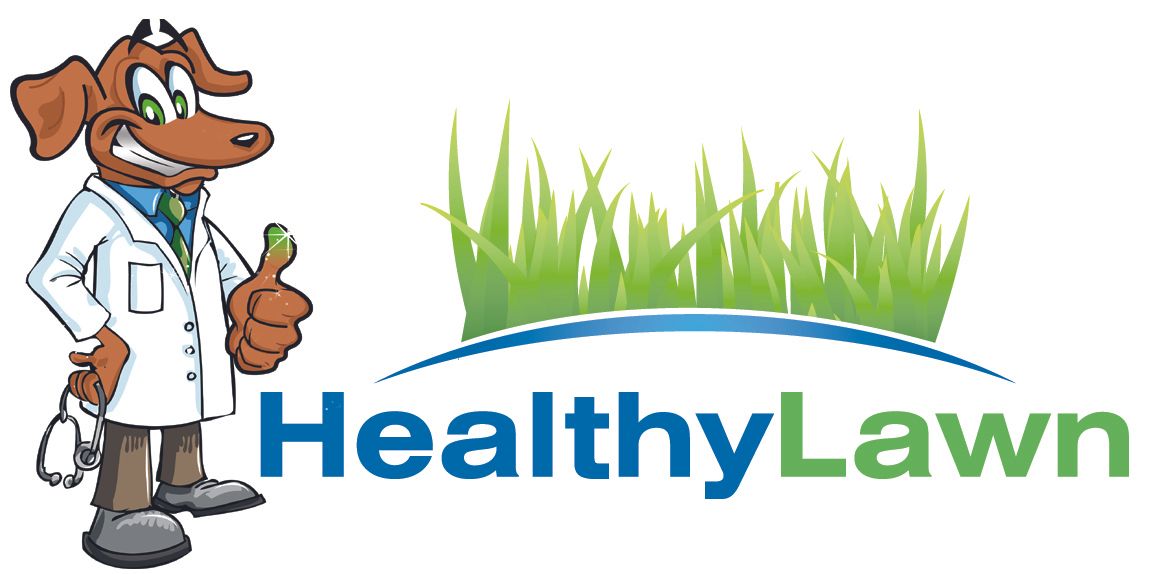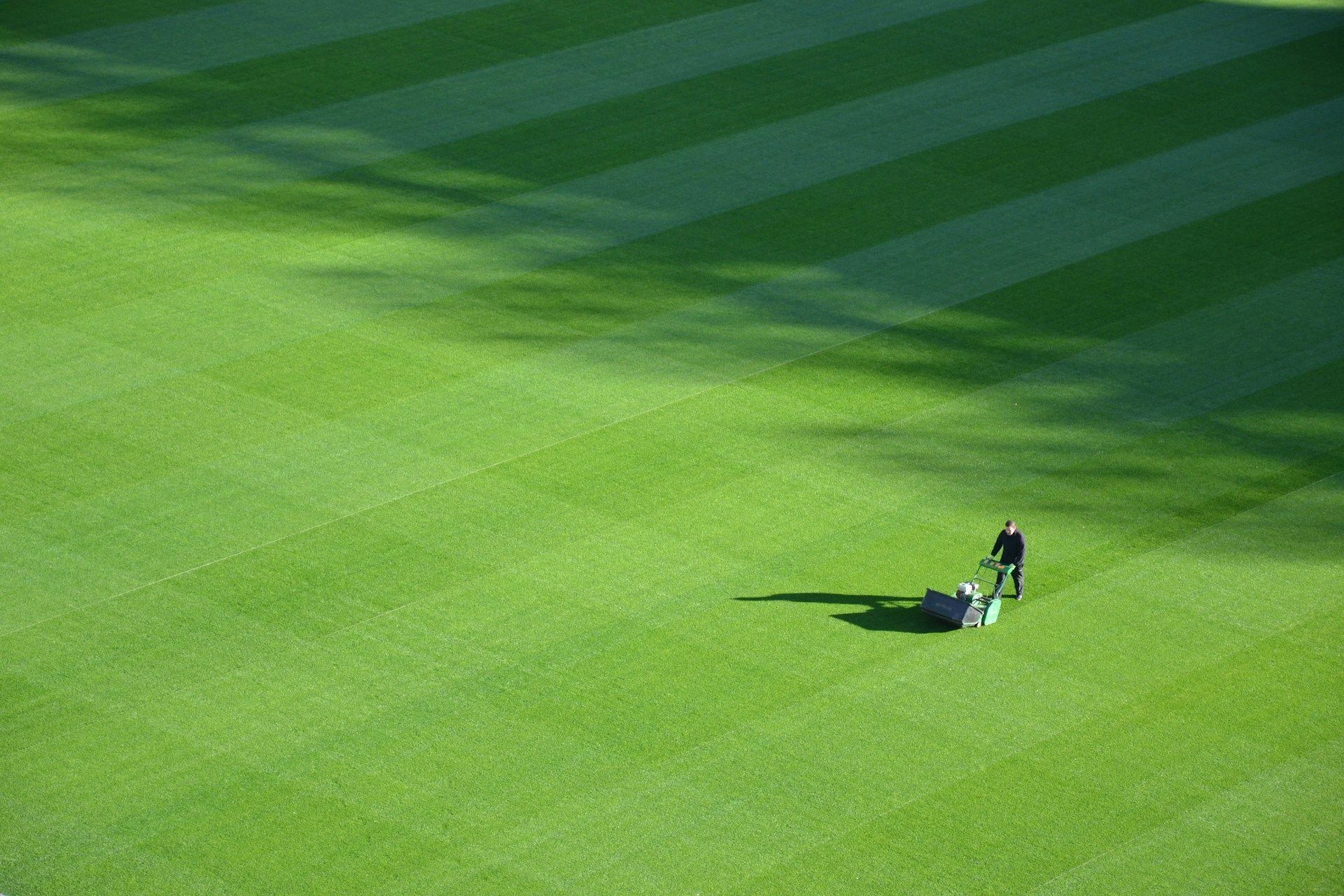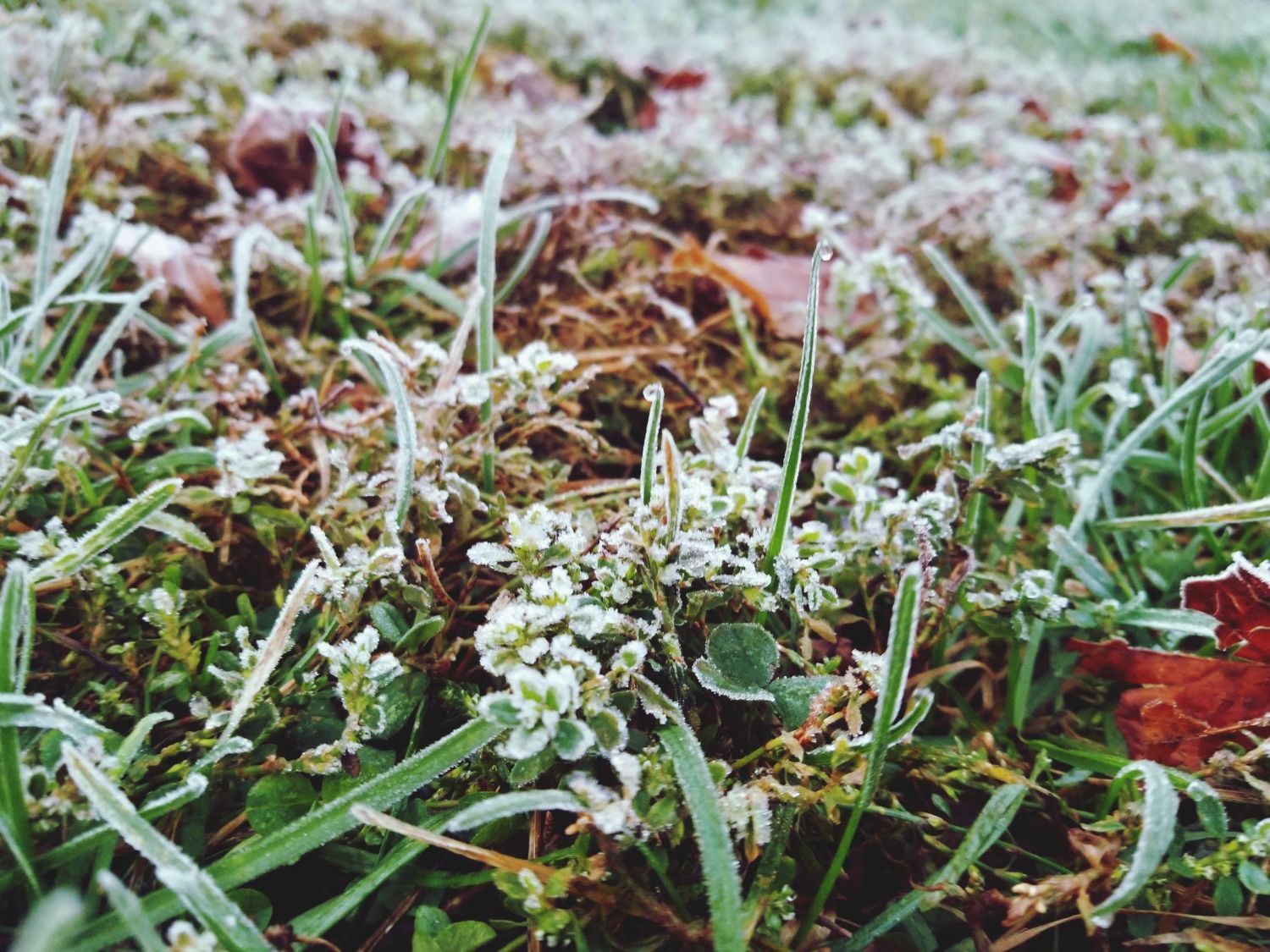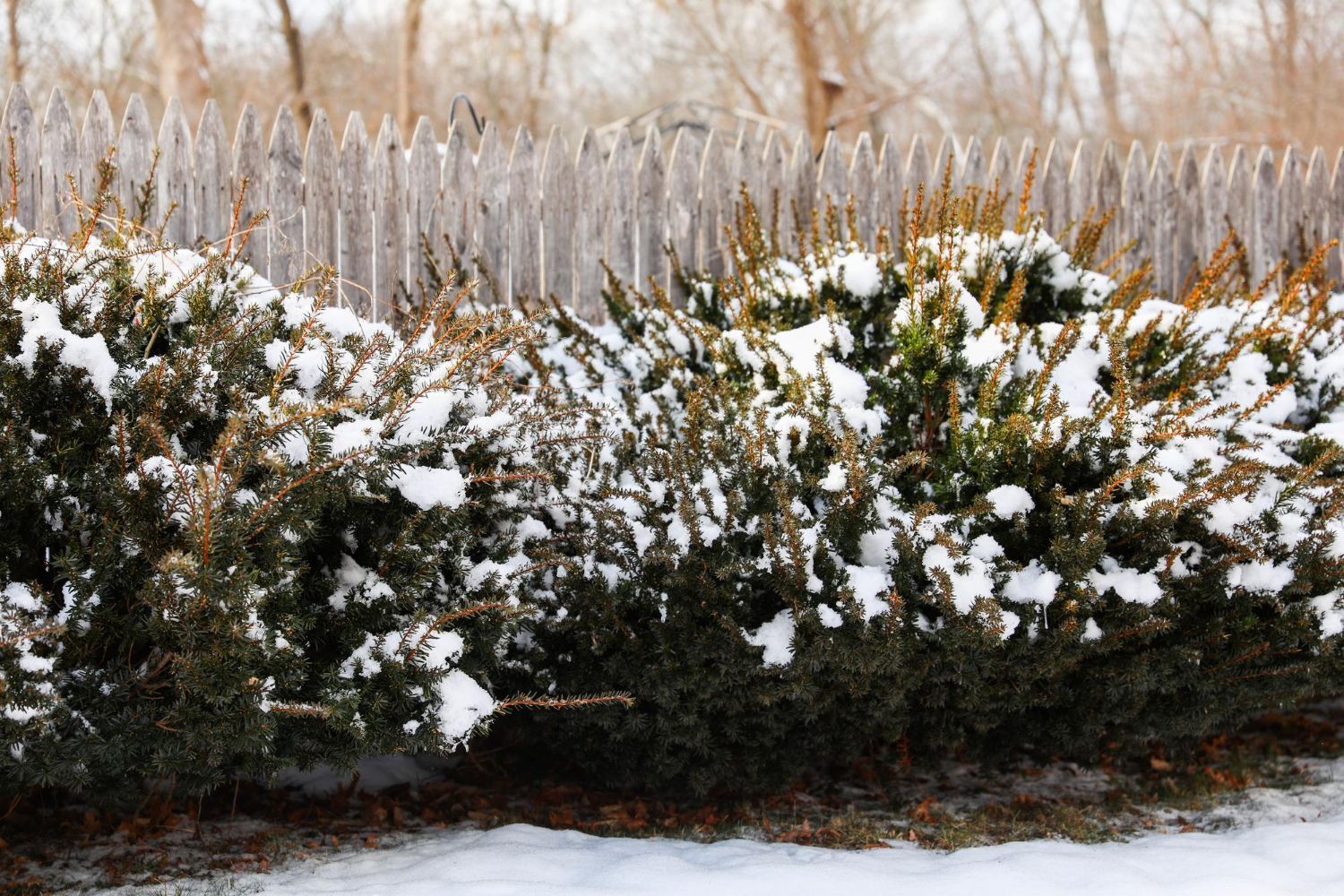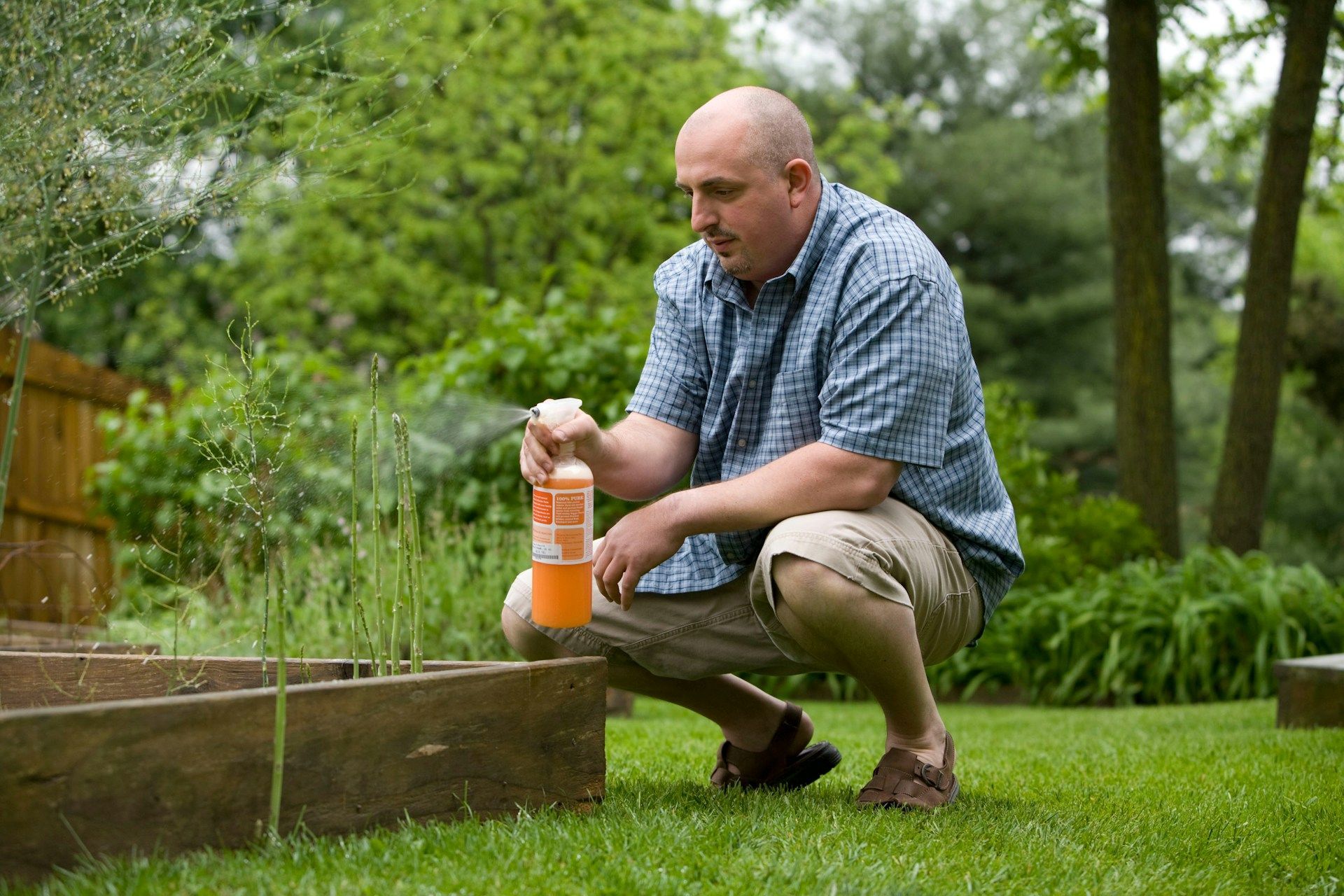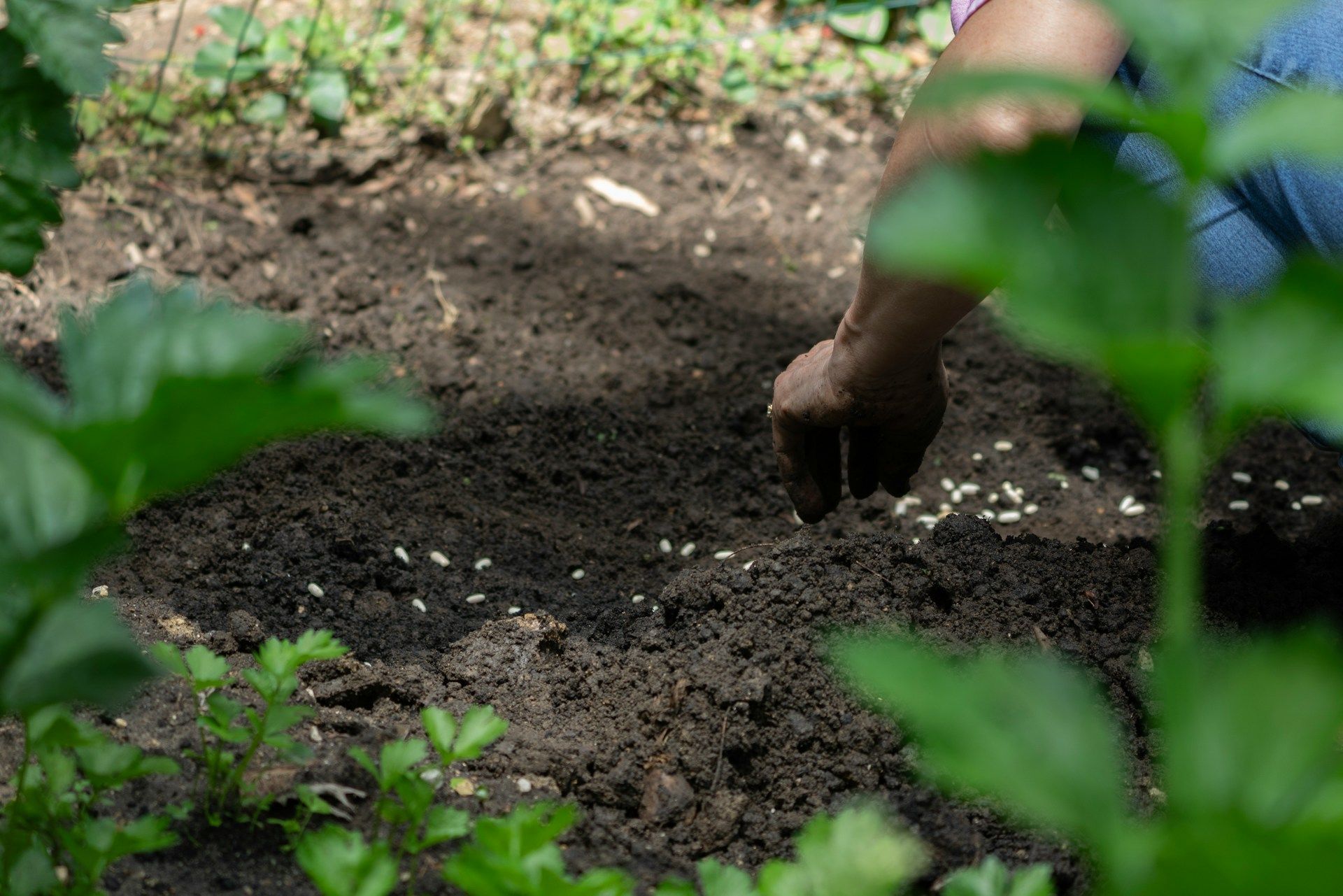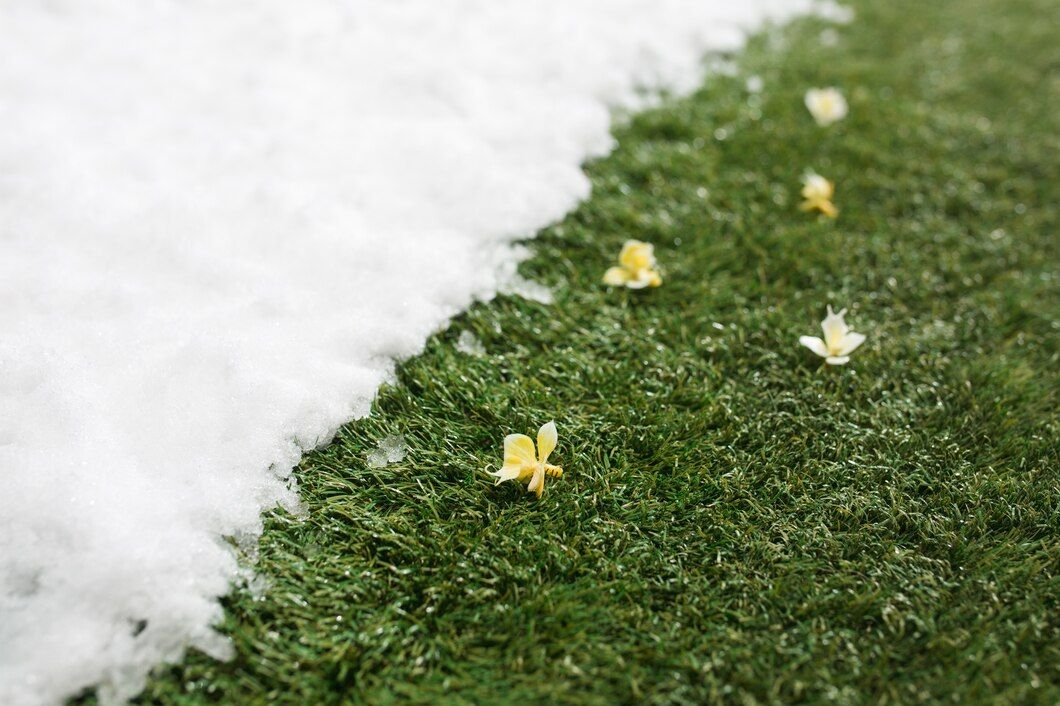What Our Customers Are Saying
Bring Your Lawn Back to Life: Expert Lawn Renovation Tips
Is your lawn lacking? Whether it's due to weather extremes, pests, or poor maintenance, a tired lawn can detract from your home's curb appeal and make outdoor spaces less inviting. Reviving your lawn doesn't just involve occasional watering and mowing; it requires a strategic approach tailored to its unique needs.
This article explores effective techniques and proven methods to breathe new life into your grass. From assessing the current condition of your lawn to implementing a full-scale renovation, we will equip you with the knowledge to restore your lawn’s health and vitality. Learn how Healthy Lawn can help transform your lawn into a thriving, vibrant green space that enhances your property and lifestyle.
Assessing Your Lawn’s Current Condition
Before diving into renovation, it’s crucial to understand the scope of the task at hand. Start by conducting a thorough assessment of your lawn. Look for areas of thinning grass, discoloration, or patches where weeds have taken over. Also, check for signs of soil compaction and thatch build-up, both of which can impede water and nutrient penetration.
A simple way to check for soil compaction is to take a screwdriver and push it into the soil. If it goes in easily, your soil is likely in good condition; if it’s tough to push through, your soil may be compacted and require aeration. For thatch, a vertical slice into your lawn should do—more than a half-inch of thatch means you should consider dethatching.
Options for Lawn Renovation
Depending on the extent of damage or deterioration, lawn renovation can range from simple overseeding to complete lawn reconstruction. Here are the most common renovation practices:
- Aeration: This process involves creating small holes in the soil to allow air, water, and nutrients to penetrate the grass roots. Aeration helps relieve soil compaction, enhances root growth, and improves drainage.
- Dethatching: Thatch is a layer of dead grass and roots that accumulates between the soil surface and the live grass. Dethatching removes this layer to promote healthier grass growth.
- Overseeding: This is the process of planting new grass seeds directly into existing turf, without tearing up the turf or the soil. It's an effective way to fill in bare spots, improve the density of thinning areas, and enhance the color and appearance of your lawn.
- Topdressing: The application of a thin layer of soil or finely composted organic matter over the grass can improve soil quality and help new seedlings to establish.
- Complete Renovation: In cases where the lawn is extensively damaged, a full renovation might be necessary. This process typically involves killing the existing vegetation, regrading the soil, and establishing a new lawn from seed or sod.
Best Practices for Lawn Renovation
Successful lawn renovation requires careful planning and execution. Follow these best practices to ensure the best outcomes:
- Timing: The best time for lawn renovation is during the growing seasons when the grass types you have are most active. For cool-season grasses, early fall or spring are ideal. For warm-season grasses, late spring through early summer is best.
- Choosing the Right Grass Seed: Select a grass type that is appropriate for your climate, soil type, and lifestyle needs. If you’re unsure, consult with a professional at Healthy Lawn who can offer expert advice based on your local conditions.
- Proper Watering: After applying new seed or sod, ensure consistent moisture levels in the soil to help with germination and establishment. Generally, this means watering lightly but frequently until the new grass is established.
- Follow-Up Care: Once your lawn begins to establish, reduce watering gradually, and start mowing when the grass reaches about one-third higher than the recommended mowing height. Continue to monitor the lawn for pests and diseases, and apply fertilizer according to a schedule suited to your grass type and soil needs.
Advanced Techniques and Maintenance
For those looking to go a step further in ensuring their lawn remains in peak condition after renovation, consider integrating the following advanced techniques into your lawn care routine:
- Soil Testing: Regular soil tests can provide detailed insights into the nutrient status and pH of your soil, helping you to tailor your fertilization and liming practices more effectively.
- Integrated Pest Management (IPM): Rather than reacting to pest problems as they occur, IPM involves monitoring for pests and their damage and employing cultural, biological, and chemical management strategies in a way that minimizes health and environmental risks.
- Smart Watering Systems: Installing a smart irrigation system can help ensure your lawn receives the optimal amount of water without over or under-watering. These systems adjust watering based on real-time weather conditions and the moisture levels in your soil.
- Regular Monitoring and Adjustment: The key to maintaining a healthy lawn post-renovation is regular monitoring and willingness to adjust your maintenance practices as needed. Whether it’s tweaking your fertilizer application, changing your mowing height, or addressing a newly spotted pest issue, staying proactive is essential.
Transform Your Lawn into a Lush Landscape with Healthy Lawn
Revitalizing your lawn can be a rewarding endeavor that enhances both the beauty and value of your property. With the comprehensive guide provided, you have the insights needed to initiate a successful lawn renovation tailored to the unique needs of your landscape. However, the journey to a vibrant, healthy lawn doesn’t have to be walked alone. Partner with the experts at Healthy Lawn, who can provide professional guidance, quality services, and continued support throughout your lawn renovation process.
Ready to breathe new life into your lawn? Visit Healthy Lawn today to learn more about our
lawn care services and schedule a consultation. Let us help you transform your outdoor space into the lush, green oasis of your dreams.

